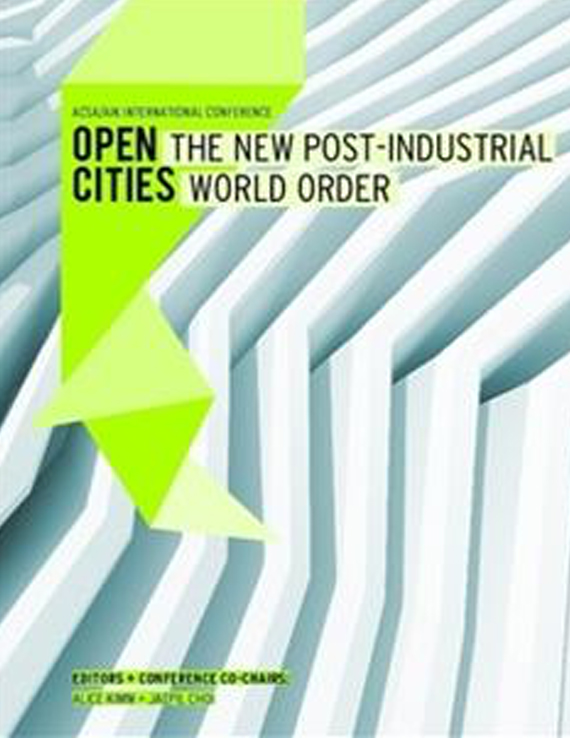Author(s): Brittney Everett
The world today is more about cities than countries. Over the past 75 years, thenumber of cities that exceed one million residents has increased sixfold, with nearlytwo-thirds of the global population now residing in urban environments. This explosionof megacities and hypercities has led to a new “open city” paradigm whose impactshave been paradoxical. While on one hand open cities have expanded globalnetworks, economic growth, mass communication and cultural connectivity, theyhave also exacerbated poverty, homelessness, unemployment, and climate change.It is becoming increasingly imperative for the emerging urbanism of the open cityto catalyze a new global agenda: to balance the development of hybridized buildingand infrastructural landscapes with the mitigation of rapid urbanization’s adversesocioeconomic, political and environmental outcomes.This paper seeks to formulate a systemic design approach that anticipates andaddresses the complex results of rapid urban development in global cities. In orderto establish a baseline for systems thinking in urban design, this research willfirst examine the evolution of systems thinking from early scholars James Madisonand Charles Darwin to contemporary practitioners Jay Forrester and Peter Senge.This foundation will subsequently be used to evaluate four practical and pedagogicalcase studies that demonstrate how a systems-based approach to design canbroaden the impacts of architectural and urban planning practice. Particular considerationwill be given to the goals, methodology and outcomes of each, as wellas to the expanding role of the architect in an interdisciplinary design culture. Byexamining these case studies for alternative modes of socially-engaged practice,in consideration of ideological openness in rapidly growing cities, we can begin toimagine re-aligned modes of discourse and education for a 21st century globalizeddesign practice. Therein, a systems-based design framework will emerge thatconsiders built structures and landscapes within the context of the broader urbanfunctions and processes of the open city.This model for design and research will inspire a new global age by redefining architectsand planners as systems designers and outlining how a pedagogical shifttoward global politics, economics, policy, and climate change can guide studentsand professionals to broaden their perspectives and subsequently their impacts.While it would be naïve to expect change to be immediate, especially when thescale and complexity of the problems associated with rapid urbanization maketheir mitigation seem insurmountable, these issues can be tackled graduallythrough a collective commitment from architects and planners to move toward aholistic 21st century globalized practice–one that is open to and harmonized withthe larger global systems and dynamic networks in which it exists.
Volume Editors
Alice Kimm & Jaepil Choi
ISBN
978-0-935502-91-6

 Study Architecture
Study Architecture  ProPEL
ProPEL 
